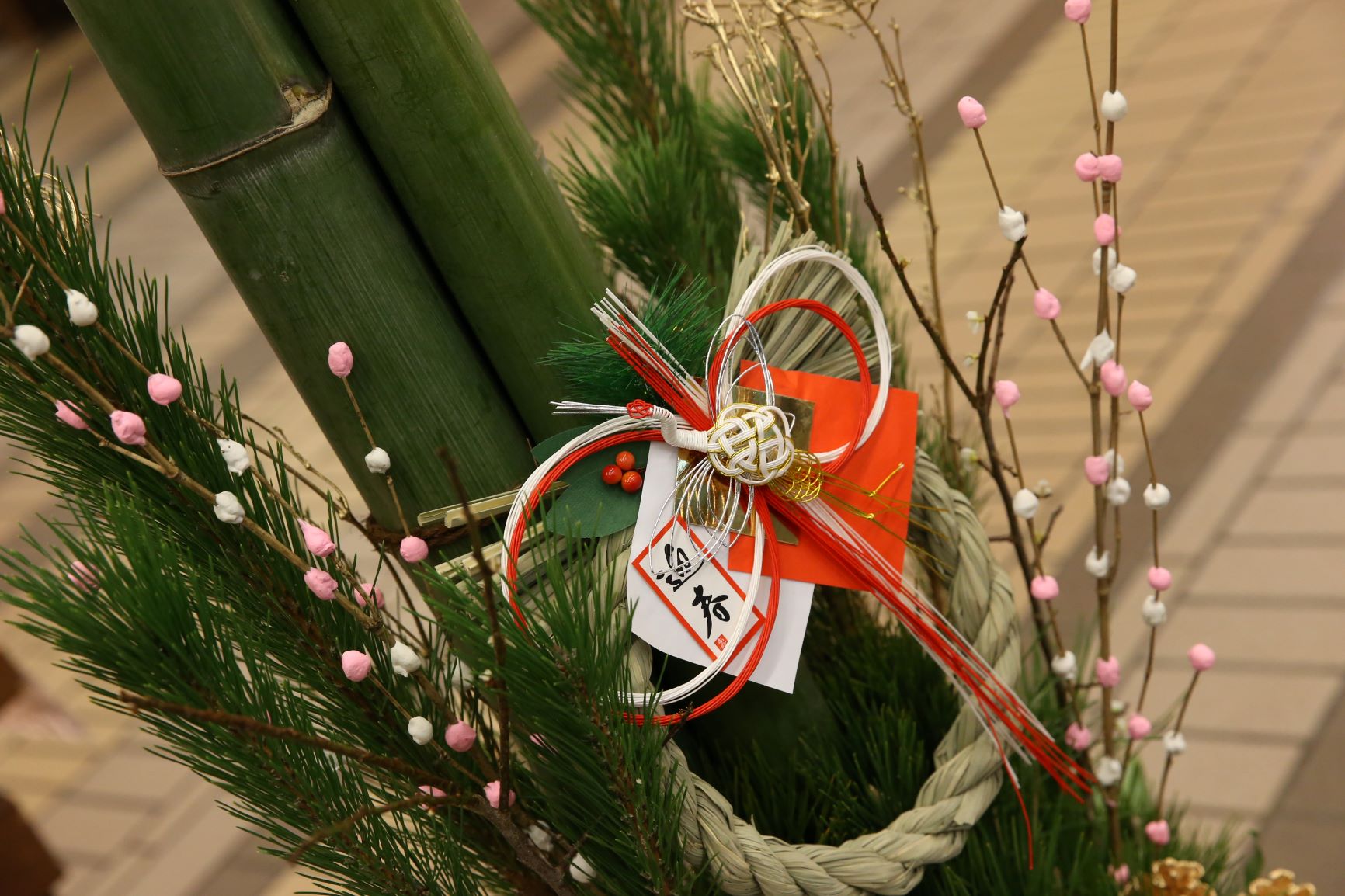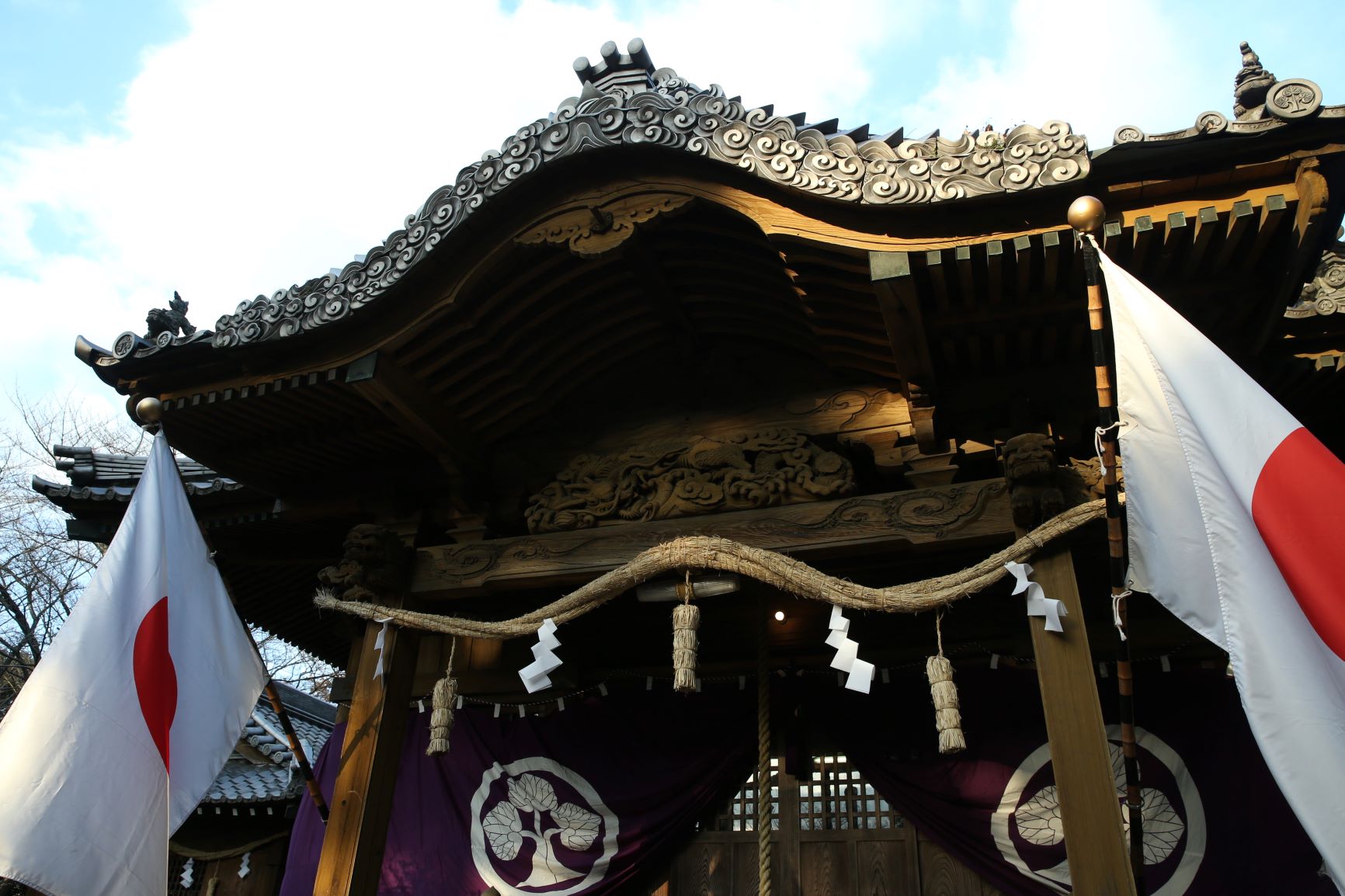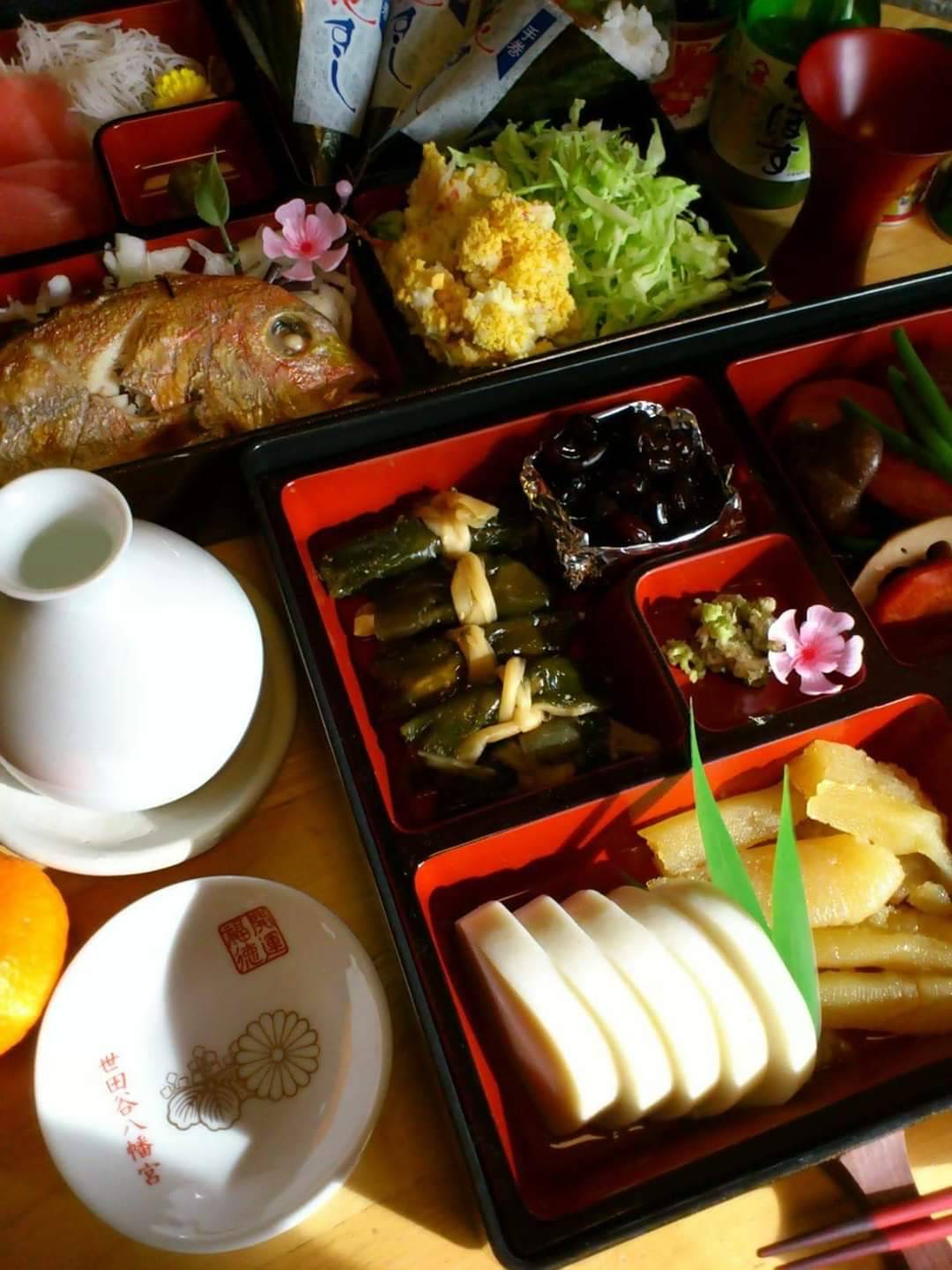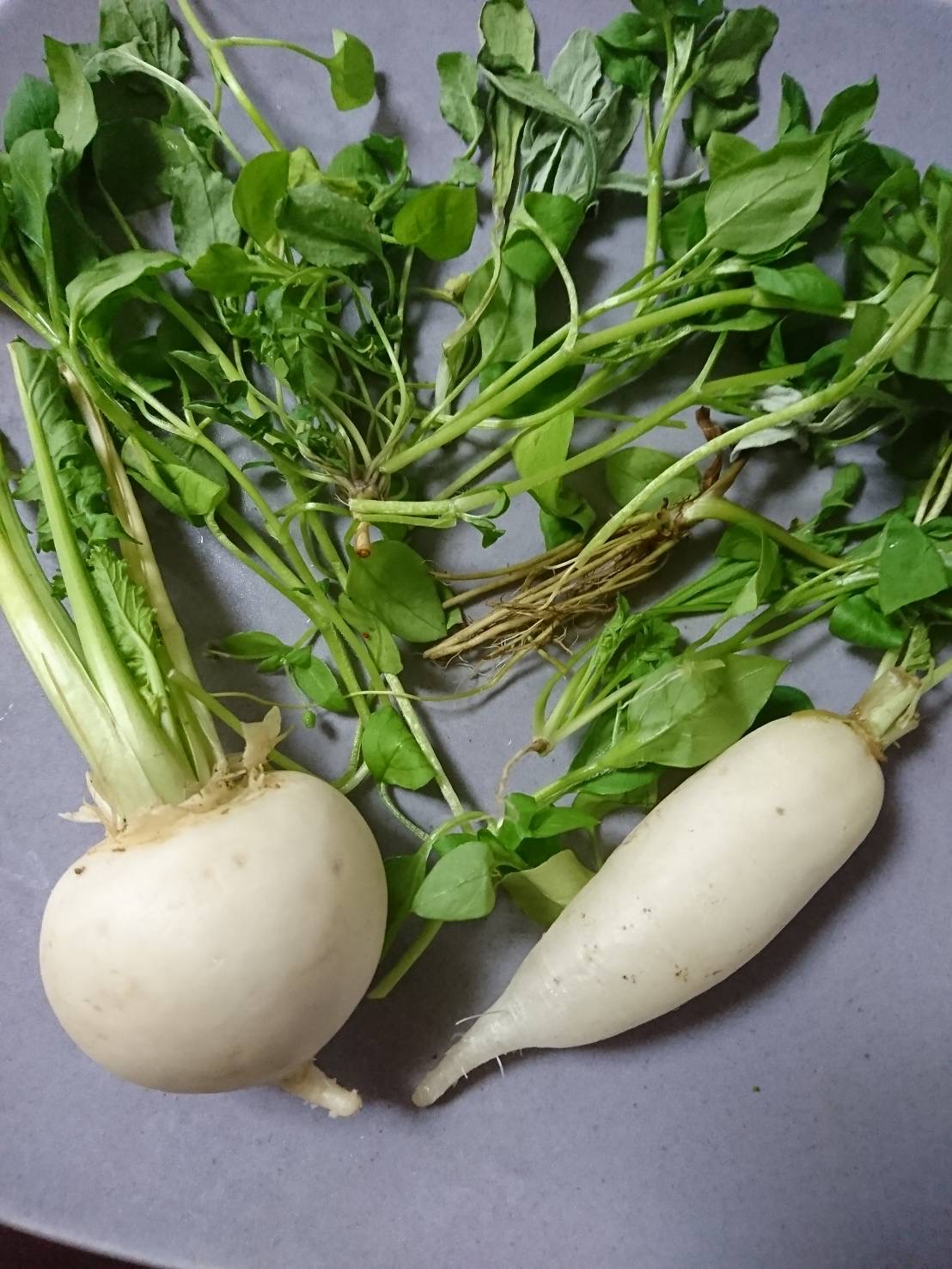New Years in Japan
NO Español PAGE.
PLEASE USE TRANSLATION.
In Japan, there are customs that take place at the end, and beginning of the year pertaining to New Years celebrations.
At the end of the year, everyone cleans their homes to remove the dirt accumulated throughout the year. Front entrances called “genkan” are decorated with a traditional shimenawa made of pods of rice, rope, and mizuhiki.

The tokonoma, the holiest part of the home is adorned with kagami-mochi. In modern homes few people have tokonomas and as such, people now decorate the part of their homes that’s most visible to visitors and residents alike.
During the New Years countdown on the 31st, people eat a kind of soba called toshi-koshi soba. Around the time the soba is finished, nearby temples will have rang the gong 108 times. These events mark the beginning of a new year. Many homes are now sound-proof so there are those who view and hear the ringing in of the new year on television.
Once the new year begins, we say a greeting.
Akemashite Omedeto-gozaimasu.
Literally translated, it means Happy New Year, but with a deeper meaning of congratulations or salutations on the beginning of the new year.
This greeting is followed by,
Kotoshi-mo Yoroshiku-Onegaiitashimasu.
This is a saying unique to Japan and there is no literal translation in English. The closest meaning implies asking for understanding and patience for all that will happen in the year but this is a convoluted and vaguely similar concept. The intent is deep and respectful, and usually accompanied by a bow. More formaly families will sit on their knees and place their hands in front of them as they bow to each other.
Following this, the family will go to the nearby shrine to extend their greetings and thanks to the gods who watch over them. These gods are called ujigami. After this, they will go to another shrine for hatsumode, or a more formal offering of prayers.

The morning of January 1st begins the New Years meals. Osechi foods were prepared from the last several days of the previous year and include boiled black beans (to work hard), fish eggs (to be blessed with many children), rolled seaweed, and gomame (for plentiful rice harvest), each item with deeper meaning.

These individual dishes are layered in a box called ojyu. These meals are taken with a special sake brewed with a herbal concoction called otoso. More new years greetings are exchanged with family and friends as meals are shared.

On January 7th, a special gruel with includes seven different types of vegetables are eaten to settle the stomach after all the food and drink that was taken in over the holidays.


This is around the time when New Years celebrations end.




